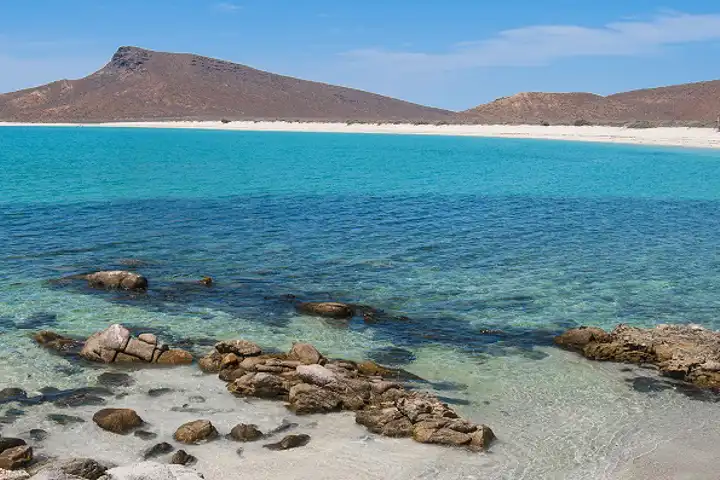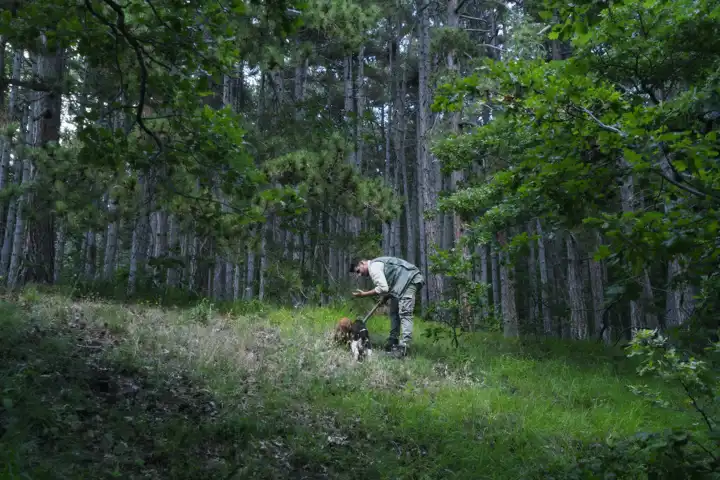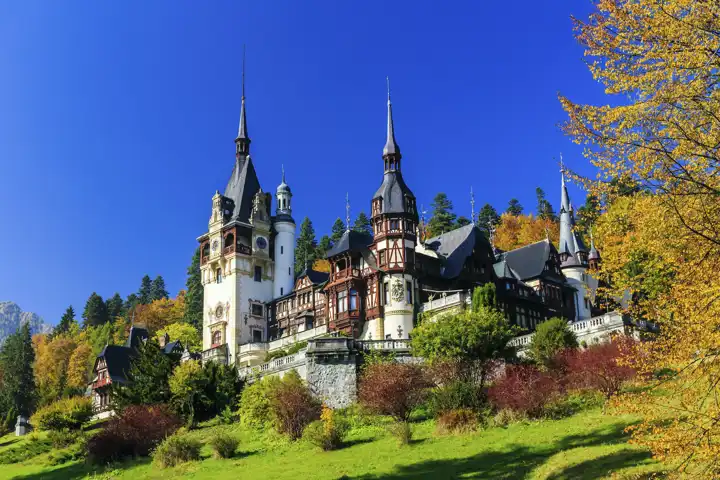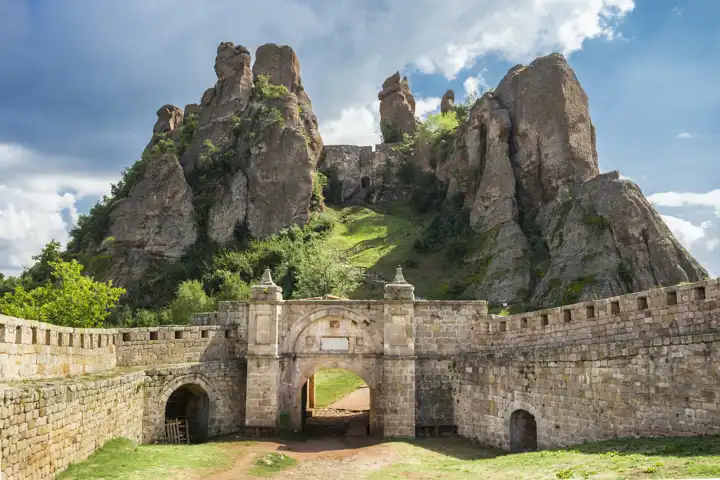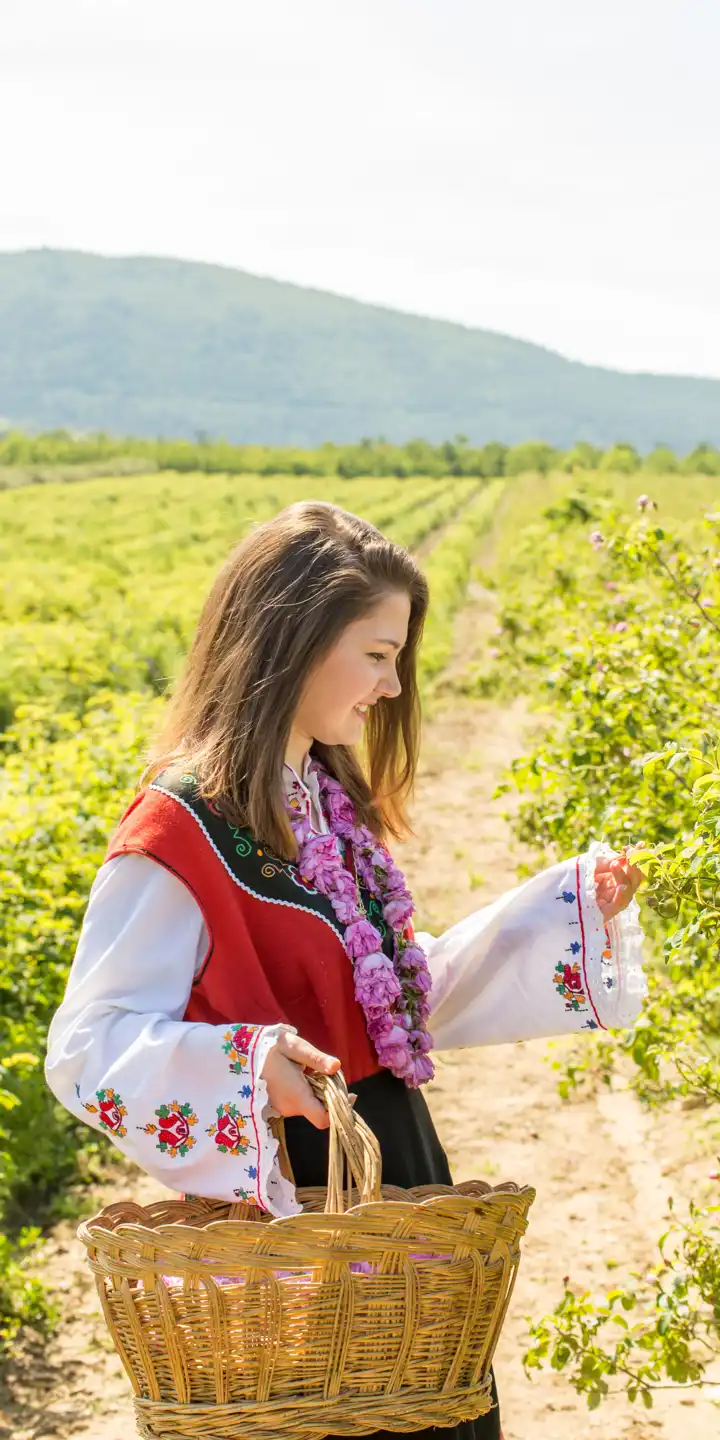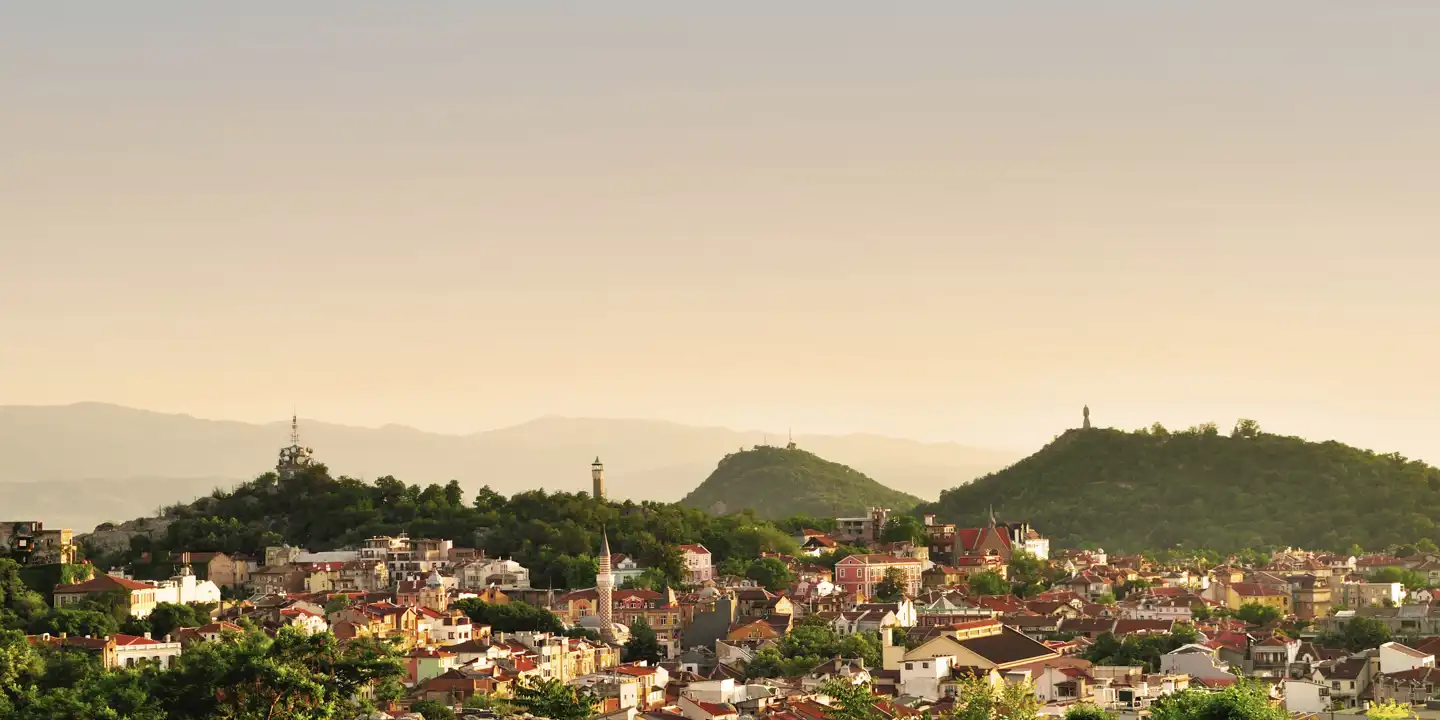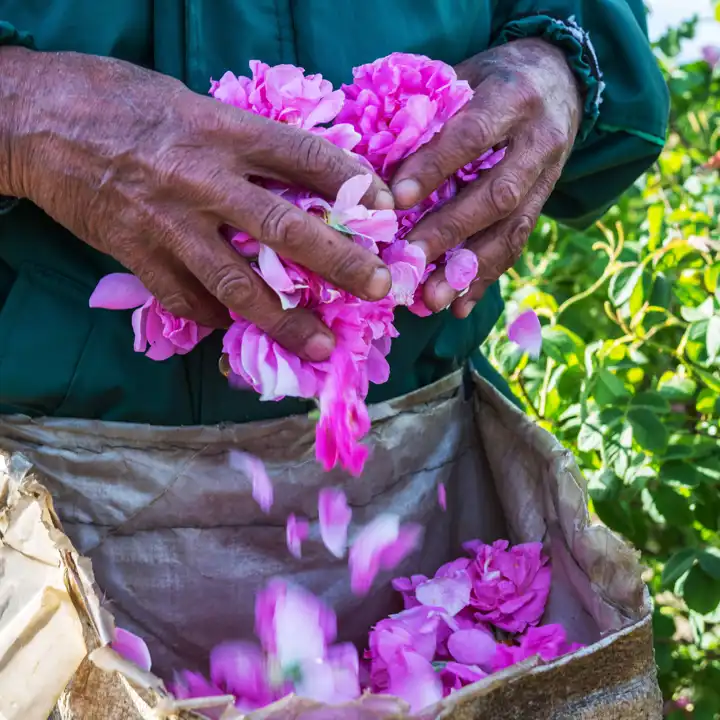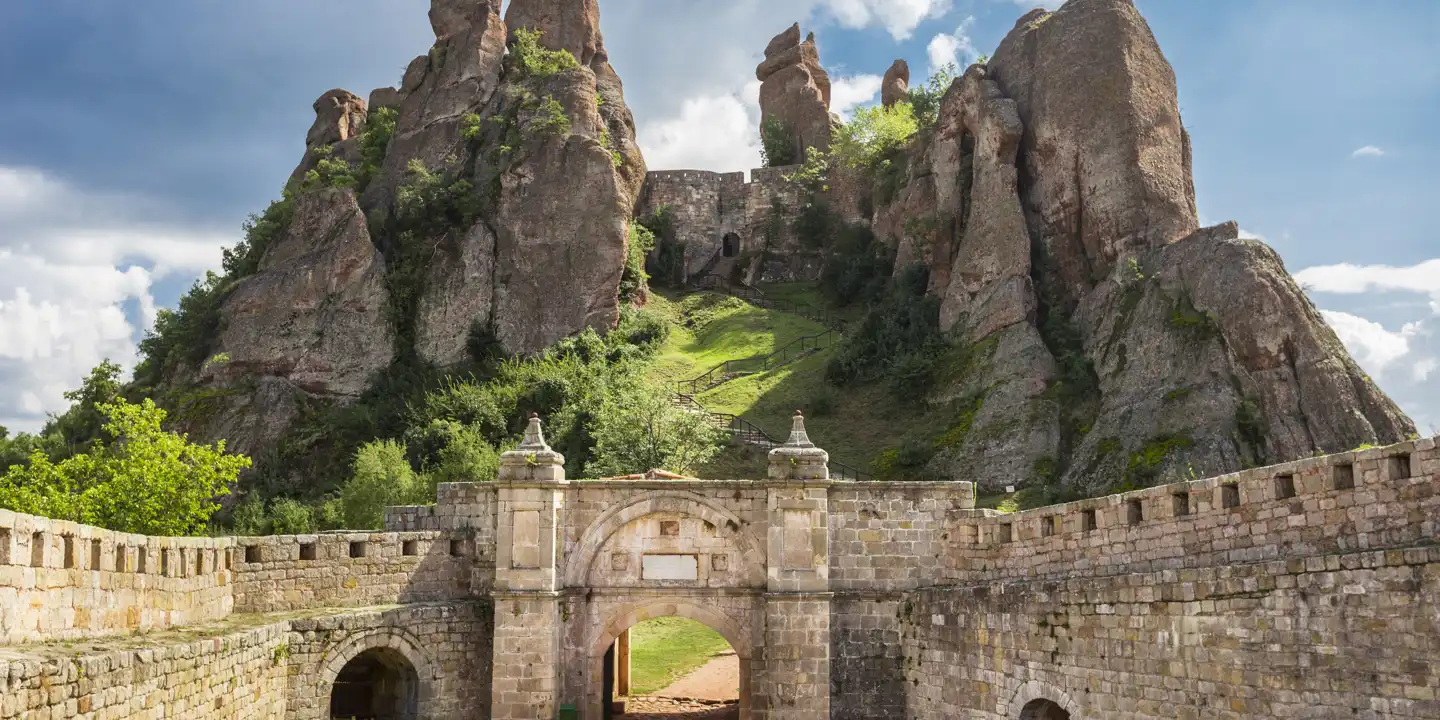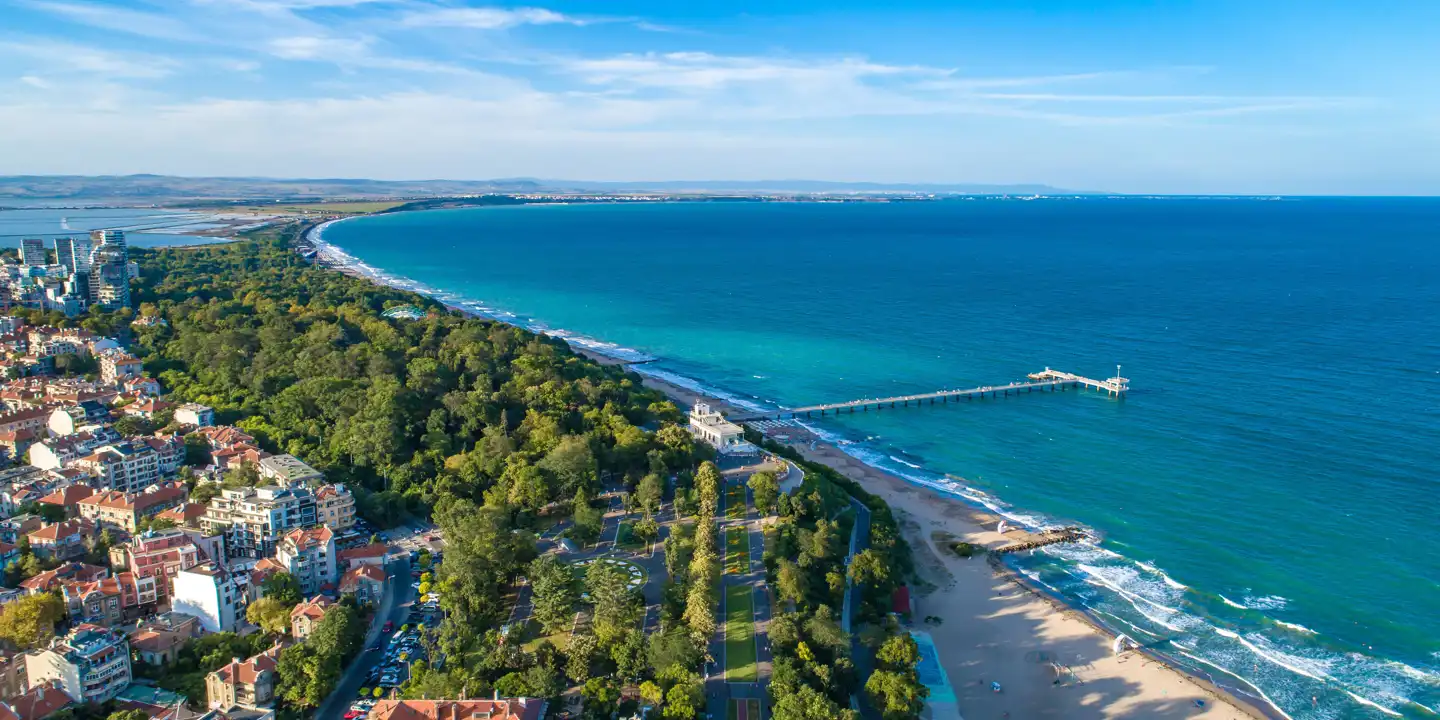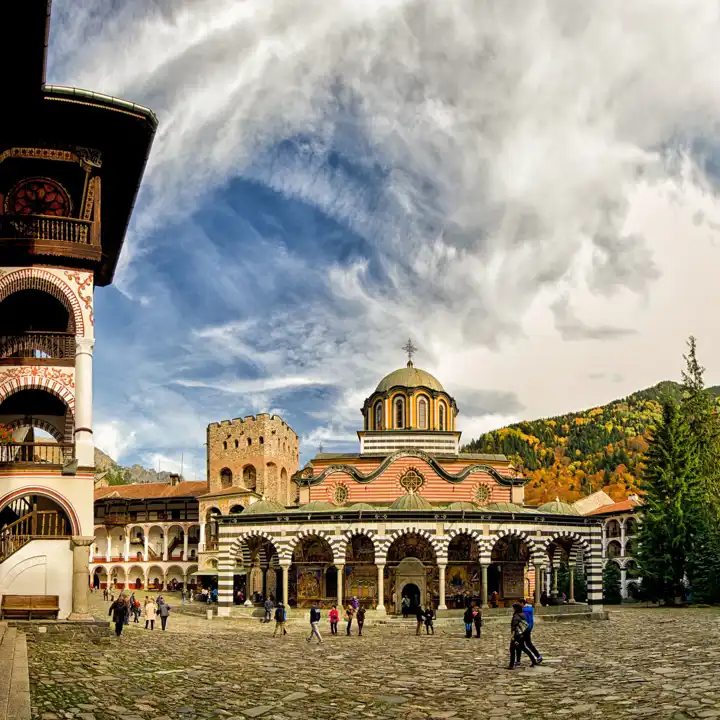Bulgaria
A Land of Architecural and Natural Wonders
Bulgaria
While its most famous works of art might be the frescoes and triptychs adorning the walls of cathedrals and monasteries, Bulgaria contains natural and architectural beauty even beyond its remarkable collection of religious art.
The shores of this Balkan nation are dotted with white sand beaches and seaside getaways for any pace of travel. The major coastal cities, Varna and Burgas hustle and bustle like the modern municipalities that they are. In Burgas, several interesting museums and a professionally maintained stretch of beach make for a pleasant stop on your way to the quaint villages or high-end resorts elsewhere along the Black Sea coastline.
While much of Bulgaria’s known history is tied up in the tumult of the Balkan region, archeological sites along the coast point to a long history of conquest. Evidence of Greek and Thracian occupation remains, including Starolsel, a tomb and temple complex just outside the city of Plovdiv. Plovdiv's Old Quarter is known for its ornate 19th century architecture, but it has ruins dating back to Roman times, including the amphitheater dating back to the reign of Emperor Trajan. The amphitheater does not sit idle, however. It is home to Plovdiv's yearly International Folklore Festival.
The sites Bulgaria might be better known for are the grand and colorful religious sites like the Alexsandar Nevski Chapel in Sofia, and the Rila Monastery, a UNESCO World Heritage site that, after burning in the 19th century was restored to become one of the prime examples of Bulgarian Renaissance, and a bold statement of Slavic identity.
Just outside of Sofia in the wintertime you can experience one of Bulgaria’s best outdoor attractions, skiing on Mt. Vitosha. In the summer, the country is full of hiking trails, often with resting huts throughout, making a day trip as leisurely or high-energy as the hiker desires.
Luxury Bulgaria Travel with Ker & Downey
Contact Ker & Downey's travel experts today to plan your luxury travel to Bulgaria today.

